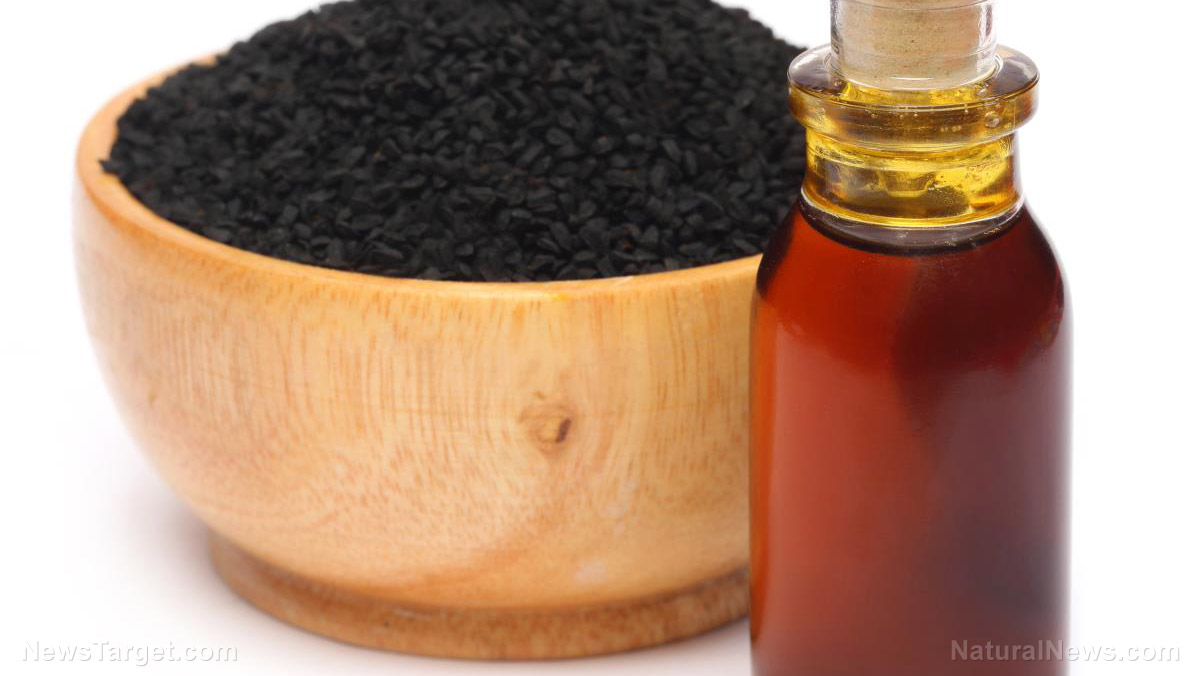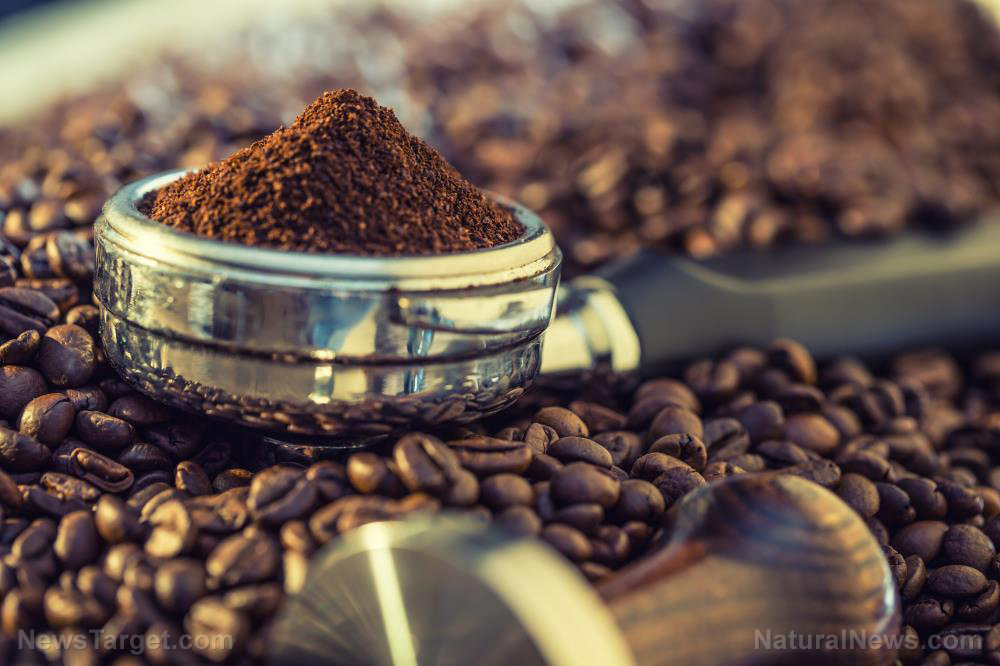Supplement with gurmar and keep metabolic disorders at bay
04/15/2019 / By Ralph Flores

The healers of ancient India might have known the secret of the Gymnema sylvestre plant when they named it gurmar – which literally means “destroyer of sugar.” A recent study from Seoul National University highlights the plant’s ability to keep blood sugar at bay. In this study, which was published in The American Journal of Chinese Medicine, it was revealed that gurmar extracts could potentially be used in functional food – in part, because of its ability to protect against metabolic disorders caused by a high-fat diet, such as diabetes.
The gurmar plant has been used in Ayurveda for treating a medley of maladies, ranging from allergies and coughs to diabetes and digestive problems. The leaves contain flavonols and gurmarin, as well as triterpenoid saponins. These saponins are responsible for suppressing the tongue’s ability to perceive sweetness. In a study in the Journal of Asian National Products Research, researchers found that gymnemic acid IV – a compound derived from G. sylvestre – can significantly reduce a person’s blood sugar, especially if taken together with diabetes medications. Earlier studies have found that gurmar extracts can reduce a person’s sugar cravings.
In the present study, the Seoul National University researchers used rat models to determine the efficacy of gurmar extracts in preventing metabolic disorders following a high-fat diet. Rats selected for the experiment were fed a high-fat diet to increase their risk of developing diabetes. The researchers also supplemented some of the rats with gurmar extracts and measured how this will affect their body weight and diabetes-related biomarkers.
The researchers found that rats supplemented with gurmar extract did not exhibit significant increases in body weight and liver inflammation, which are both risk factors for diabetes and other metabolic disorders. In addition, they found that gurmar extracts had the ability to reduce blood sugar, as the extracts inhibited amylase from converting starch and other carbohydrates into glucose.
The researchers also found a link between insulin resistance caused by a high-fat diet and adipose dysfunction and liver steatosis. This relationship builds on evidence from earlier studies. In particular, a study published in the American Journal of Physiology noted that high-fat diets increase the risk of liver steatosis – commonly referred to as fatty liver disease – because it impairs iron metabolism, which causes progressive inflammatory damage. In addition, researchers from the LSU Health Sciences Center in New Orleans found that not only do high-fat diets increase susceptibility to obesity, they also increase the likelihood of developing obesity-related complications.
“In conclusion, GS [Gymnema sylvestre] works as a functional dietary supplement with preventative effects against metabolic disorder,” the researchers wrote in their report. (Related: Mediterranean diet can reverse metabolic disorder, lower risk of diabetes, obesity, heart disease.)
More about gurmar – the sugar destroyer
The gurmar plant isn’t endemic to just the Indian Subcontinent – it’s also found in the tropical forests of Africa and Australia. It is, however, a mainstay in Ayurvedic medicine, where it’s been used for a long time to treat conditions like diabetes, malaria, and even snakebites. Indeed, its ability to blunt sweet tastes is well-known, but there are other health benefits that you can obtain from taking gurmar:
- It has anti-diabetes properties. Studies have shown that gurmar can block gut receptors responsible for absorbing starch and other complex carbohydrates, which leads to significant reductions in blood sugar levels. This makes it perfect for people with Type 2 diabetes, as well as those with insulin resistance.
- It increases insulin production. Taking gurmar supplements could stimulate insulin production in the pancreas, which helps greatly in keeping blood sugar levels in check.
Learn more about supplements that can help prevent metabolic disorders at SupplementsReport.com.
Sources include:
Submit a correction >>
Tagged Under:
alternative medicine, anti-diabetes, anti-obesity, Ayurveda, Ayurvedic medicine, dietary supplement, disease treatments, fightobesity, gurmar, herbal medicine, Herbs, natural cures, natural medicine, prevention, remedies
This article may contain statements that reflect the opinion of the author
RECENT NEWS & ARTICLES
COPYRIGHT © 2017 FIGHTOBESITY.NEWS
All content posted on this site is protected under Free Speech. FightObesity.news is not responsible for content written by contributing authors. The information on this site is provided for educational and entertainment purposes only. It is not intended as a substitute for professional advice of any kind. FightObesity.news assumes no responsibility for the use or misuse of this material. All trademarks, registered trademarks and service marks mentioned on this site are the property of their respective owners.





















